When it comes to the gracefulness and elegance of hanfu, the sleeves must take at least half of the credit for the gesture.
I believe the deepest impression of Chinese hanfu costumes is that they have wide sleeves. In fact, types of hanfu sleeves are not only wide sleeves, but they also vary in width, length, and posture, so I wonder which "sleeve posture" is most to your liking?
Large sleeve
Large sleeves (大袖), also known as the wide sleeve, or what we commonly call the "wide sleeve", is known for its wide sleeve width, with the width of the cuff even approaching the sleeve length. It is the most classic sleeve shape of Hanfu, and also the most "fairy" one.
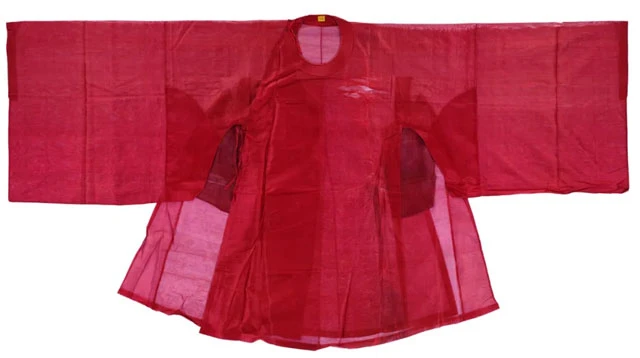
Robe (length 135 cm, waist width 65 cm, through-arm length 249 cm, sleeve width 72 cm.)
The pose of "wide clothes and large sleeves" is the most common in hanfu dresses. Because it is inconvenient to work, it is mostly reserved for the upper class and is often a symbol of etiquette. However, due to changes in the system, status, wearing occasions, socio-economic culture, and other factors, the same large sleeves have different forms.
Among the Ming official uniforms, the large sleeves of the "Chaofu (朝服)" and "Gongfu (公服)" was relatively wider, with folded lines under the sleeves, more adequate materials, and a dignified and grand atmosphere.
The "Gongfu (公服)" worn by officials in their daily business was slightly narrower in sleeve width than the former, and the lower line of the sleeve was also more rounded and curved.
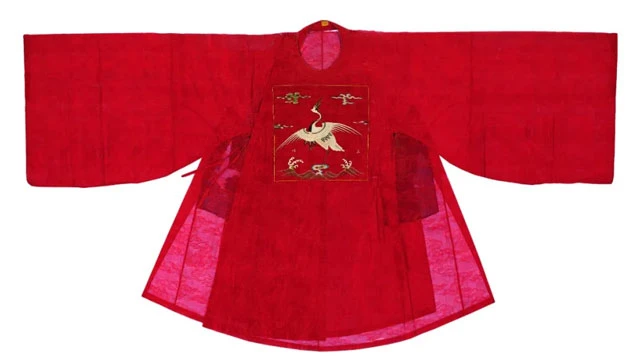
Robe with Buzi (length 132 cm, waist width 60 cm, through-arm length 242 cm, sleeve width 63 cm, cuffs width 27 cm, hem width 127 cm, Buzi width 40.5 cm)
In women's clothing, the formal dress of the Ming dynasty is a Dashan Xiapei (大衫霞帔), decorated with class-related patterns, not as complicated as the Ji Fu (吉服).
Ji Fu, on the other hand, was often decorated with festive colors such as big red, often with auspicious motifs or specific themes, and was redolent and beautiful, graceful and elegant.
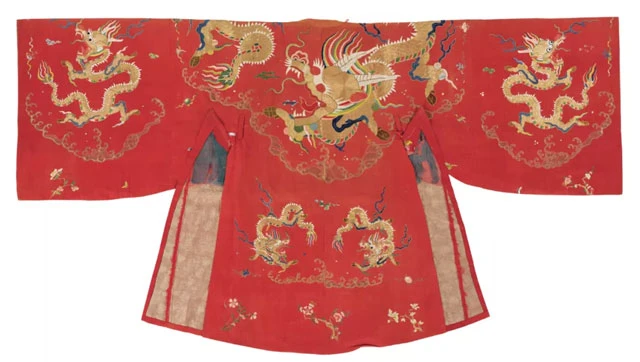
Robe (length 120 cm, waist width 59 cm, through-arm length 213 cm, sleeve width 63 cm)
In addition to formal dresses, large sleeves are also found in everyday casual wear in the form of Daopao and Zhishen, with simple and simple decorations and color schemes, worn by literati and scholars when they were living and relaxing and visiting guests.
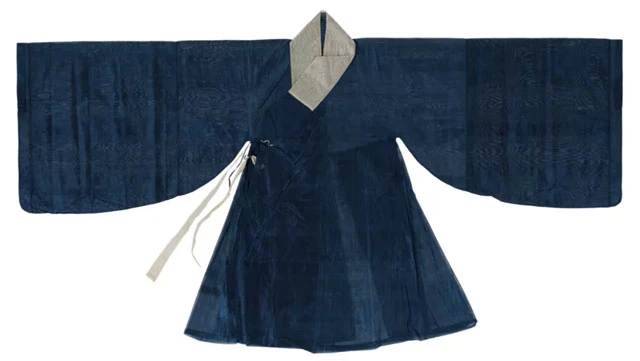
Daopao (length 143 cm, waist width 60 cm, through-arm length 252.5 cm, sleeve width 70.5 cm, hem width 107 cm, collar height 13 cm.)
For thousands of years, the style of Hanfu has been best expressed and interpreted in large sleeves that are both dynamic and relaxed.
Pipa sleeve
Pipa sleeve (琵琶袖), evolved from the "Chui Hu sleeve (垂胡袖)", was developed in the Ming Dynasty and is one of the most characteristic sleeve types of the Ming Dynasty.
The overall shape of the Pipa sleeve is a large sleeve and small mouth, the root part of the sleeve is narrower, the bottom of the sleeve is curved, the shape of the sleeve looks similar to the pipa.
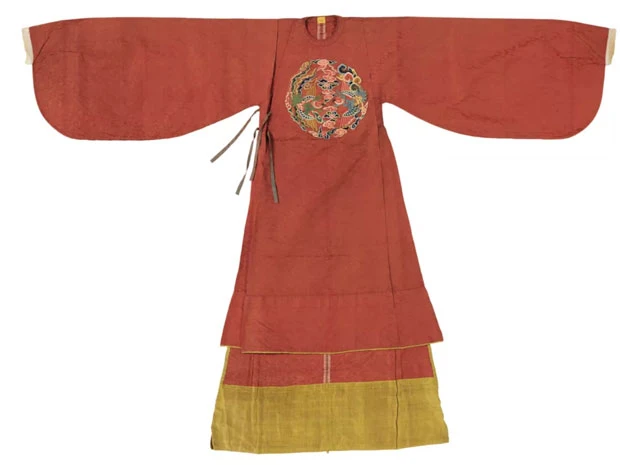
Robe with Buzi (length 147 cm, waist width 41 cm, through-arm length 201 cm, sleeve width 41 cm.)
Unlike the Chui Hu sleeve, the Pipa sleeve has significantly smaller curved lines and basically no sagging or bunching, making it more simple and beautiful.
In addition, the pipa sleeve gradually converges upward at the lower end of the cuff as it approaches the end of the sleeve. Its sleeve body in the elbow part is more relaxed, conducive to arm flexion and extension action; sleeve end convergence, is convenient for daily life.
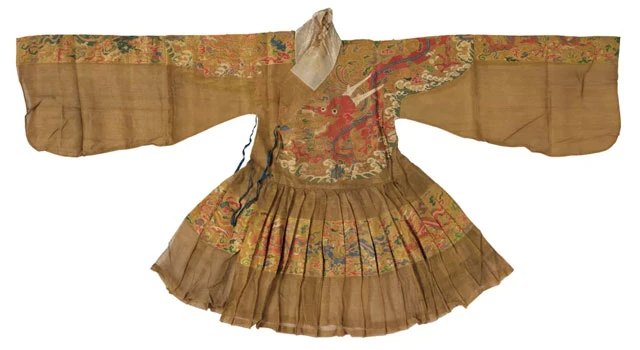
Feiyu Robe (length 125 cm, waist width 57 cm, through-arm length 252 cm, sleeve width 49 cm.)
The restrained and gentle nature of the Pipa sleeve is a reflection of the gentle and elegant beauty of traditional Chinese culture, and is a sleeve design that is both beautiful and practical.
Narrow Sleeve
Narrow sleeves (窄袖), as the name implies, are characterized by narrow cuffs.
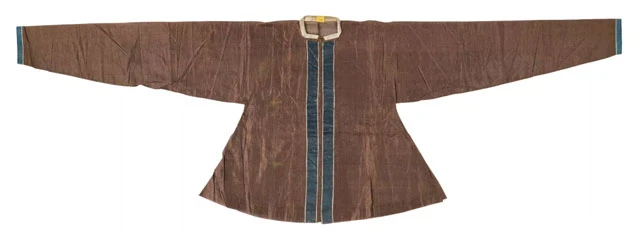
Garment (length 78 cm, waist width 56 cm, through-arm length 221.5 cm, sleeve width 13.3 cm)
The narrowest of these sleeves is the "arrow sleeve". The arrow sleeve originated from the dress of the minority in the north, and the general shape of the sleeve was gradually tightened from the sleeve root to the cuff, and the sleeve was shaped like an arrow.
The sleeve shape with narrow cuffs is simple for everyday wear, and has been widely circulated among people for thousands of years.
Half Sleeve
Half sleeve (半袖) is also known as Banbi (半臂), Duanxiu (短袖), mostly for the short-sleeved clothes with wide mouths and sleeves up to the elbow.
During the Sui dynasty, it was worn by the inner officials and women in the palace, but during the Tang dynasty, it spread to the people and gradually became the common dress of the people.
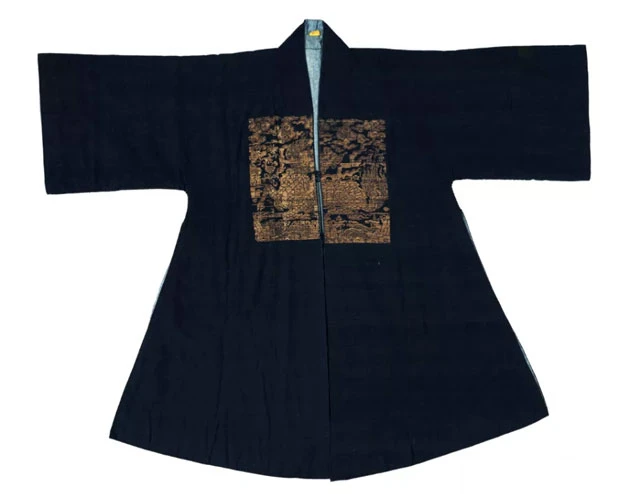
Cotton robe (length 134.2 cm, waist width 77.3 cm, through-arm length 158.5 cm, sleeve width 40.5 cm)
However, unlike the short sleeves we are familiar with now, the ancient Chinese half-sleeves were mostly worn on top of Shan (衫, shirts) and Ao (袄, jackets) to enhance the warmth and to show a layered and varied style of dress through various combinations.
Sleeveless
Sleeveless (无袖), on the basis of half sleeve, the sleeve length is shorter, through the sleeve length is only equivalent to the shoulder length, similar to the modern vest. The collar style has various forms such as round, square and straight collars.
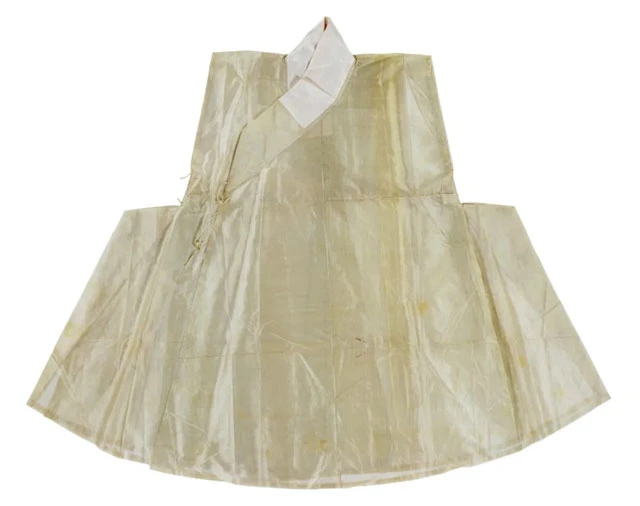
Dahu (length 141 cm, shoulder width 66.7 cm)
During the Ming dynasty, sleeveless hanfu formed a trendy fashion, and was worn by both men and women, and was often seen in the form of Dahu (褡护) and Bijia (比甲).
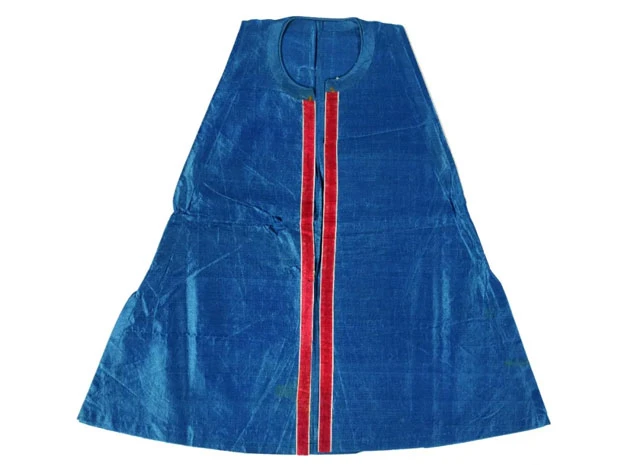
Bijia (length 74 cm, shoulder width 27.5 cm, hem width 79 cm, cuff width 32.5 cm, collar height 2.5 cm)
The same as half-sleeves, sleeveless is generally worn outside of the Shan or Ao, and its color-rich match also often becomes the focus of attention.
These sleeve types of different sizes and lengths or erudite, or subtle, or fashionable. They are the testimony of civilization and rituals of ancient China, at the same time, they are the witnesses of simple life. After thousands of years of vicissitudes, we are still enchanting in their splendor of the world.
All the Hanfu shown in the article are from the collection of the Shandong Museum
You also might like these article about Ming dynasty hanfu…
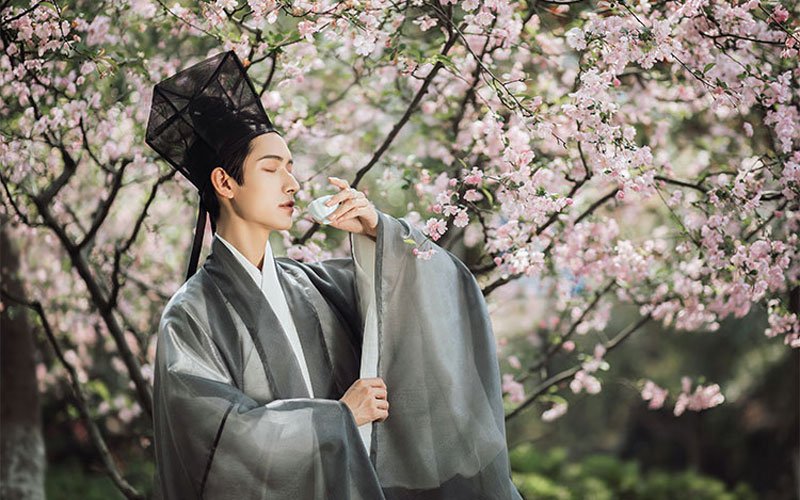




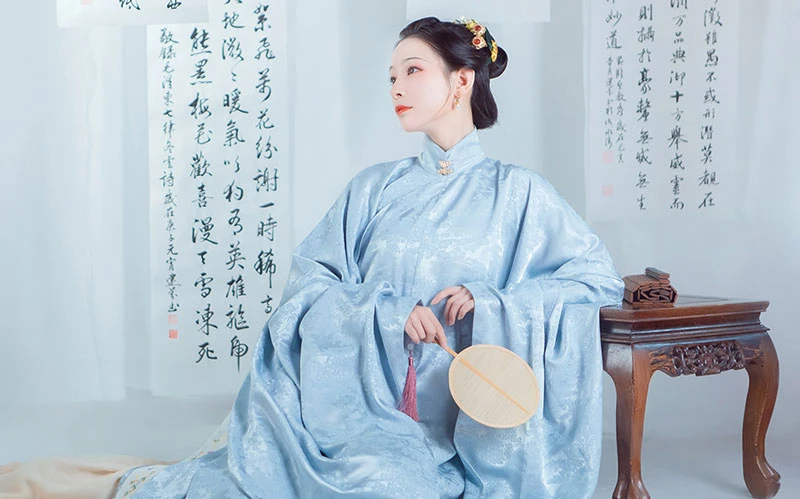

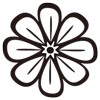
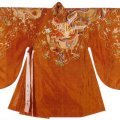
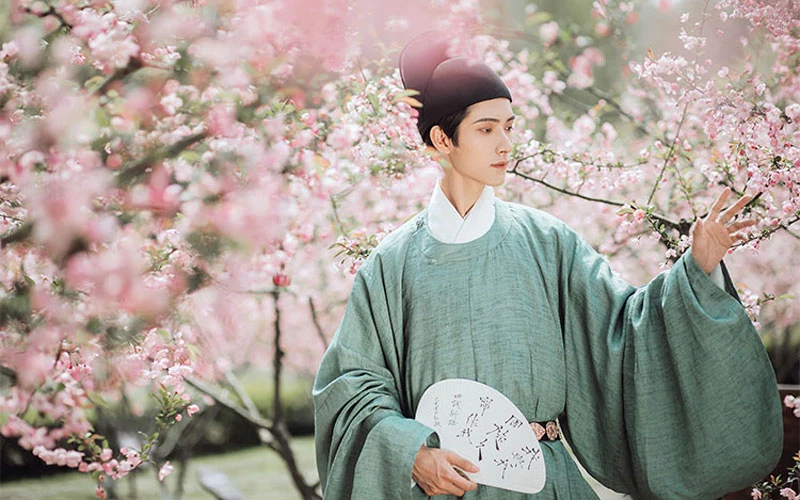

On the bijia, by "cuff width", does it mean armscye?
Lebih suka model large Sleeve dan pipa sleeve